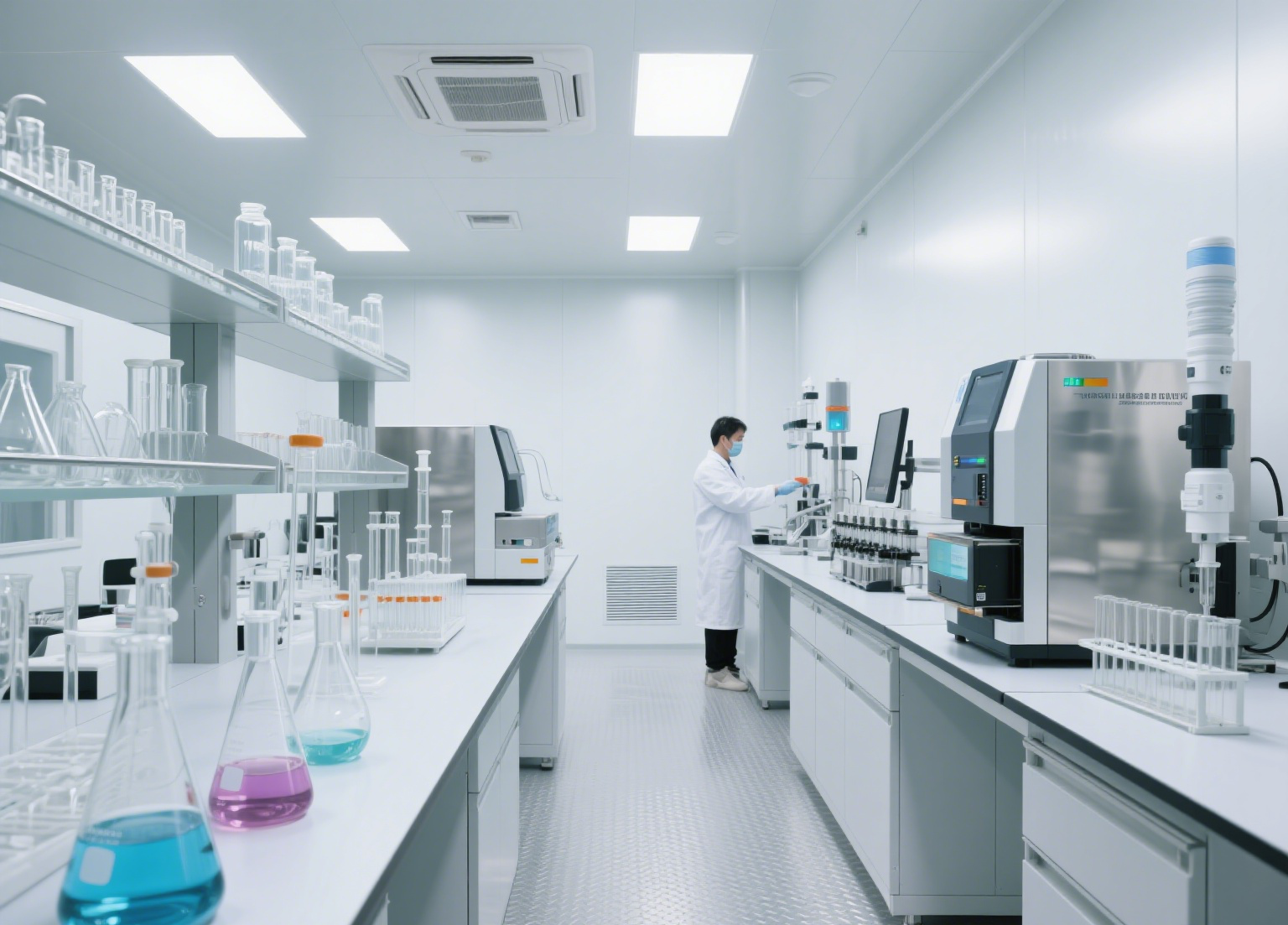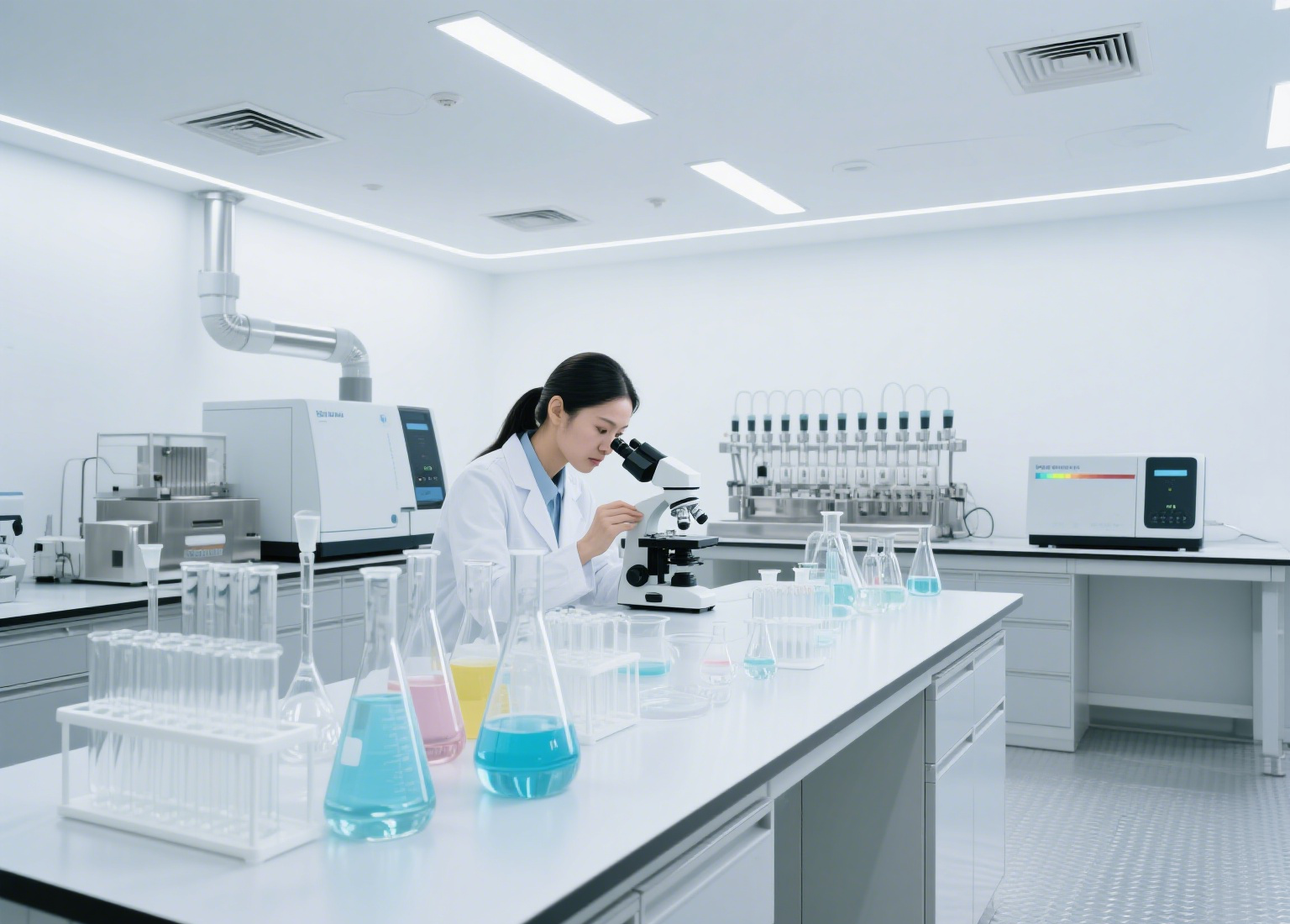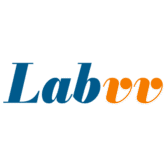Water Testing Laboratory: Turnkey Solutions
This guide is brief. Yet it is complete. It moves step by step. Therefore, you can plan, build, and run with confidence.
water testing lab turnkey solutions wastewater1) Scope and Outcomes
First, define the goal. Drinking water? Surface water? Or wastewater? Then, set target methods and limits. As a result, the plan fits real needs.

2) Layout Planning
Next, map the rooms. Keep a clean flow; meanwhile, reduce cross-contamination.
- Sample receiving → logging and storage.
- Wet chemistry → pH, EC, COD, BOD, nutrients.
- Metals room → digestion, ICP, AAS.
- Microbiology → incubator and biosafety cabinet.
- Instrument room → UV-Vis, TOC, GC/LC as needed.
- Wash & waste → glassware wash, neutralization.
Place benches along walls. Provide clear aisles. Thus, work stays safe and fast.
3) Utilities and Infrastructure
Reliable utilities matter. Moreover, they cut downtime.
- HVAC with fresh air; stable temperature and humidity.
- Fume hoods for acids and solvents; certified yearly.
- DI/RO/Ultrapure water loops for analysis.
- Gas lines for ICP, GC, and flame AAS.
- Electrical with clean grounding; UPS for key tools.
- Drain and waste with traps and treatment, if needed.

4) Core Equipment Set
Choose simple tools first. Then, add advanced systems.
- Routine meters: pH, conductivity, DO, turbidity, chlorine.
- Wet chemistry: COD, BOD, TOC, UV-Vis.
- Metals: ICP-OES or AAS; however, use ICP-MS for ultra-trace.
- Microbiology: incubator, biosafety cabinet, filtration.
- Prep: digestion block, SPE, centrifuge, muffle furnace.
5) Workflow and LIMS
Standardize each step. Consequently, quality improves.
- Receive and label; store at proper temperature.
- Screen with quick meters; flag outliers.
- Prepare via filtration, digestion, or extraction.
- Analyze by method SOPs; record in LIMS.
- Review QC charts; then release reports.
6) Quality, Safety, and Compliance
Quality is continuous. Safety is non-negotiable.
- Standards and blanks each batch; therefore, trends stay stable.
- Calibration daily or per run; keep logs.
- Method validation for range, LOD/LOQ, and recovery.
- PPE and training; update SOPs often.
- Proficiency tests; in addition, audit twice a year.
7) Budget and Phasing
Start lean; expand later. Thus, risk stays low.
- Phase 1: meters, UV-Vis, COD/BOD, incubator, fume hood.
- Phase 2: ICP-OES or AAS, TOC, digestion block.
- Phase 3: ICP-MS, GC/LC-MS, LIMS add-ons.
8) Services We Provide
We design. We build. We install, qualify, and train. Additionally, we support operations.
- Concept and detailed design.
- Fit-out, utilities, and benches.
- Instrument supply and IQ/OQ/PQ.
- LIMS setup and method transfer.
- Calibration, PM, and audits.
